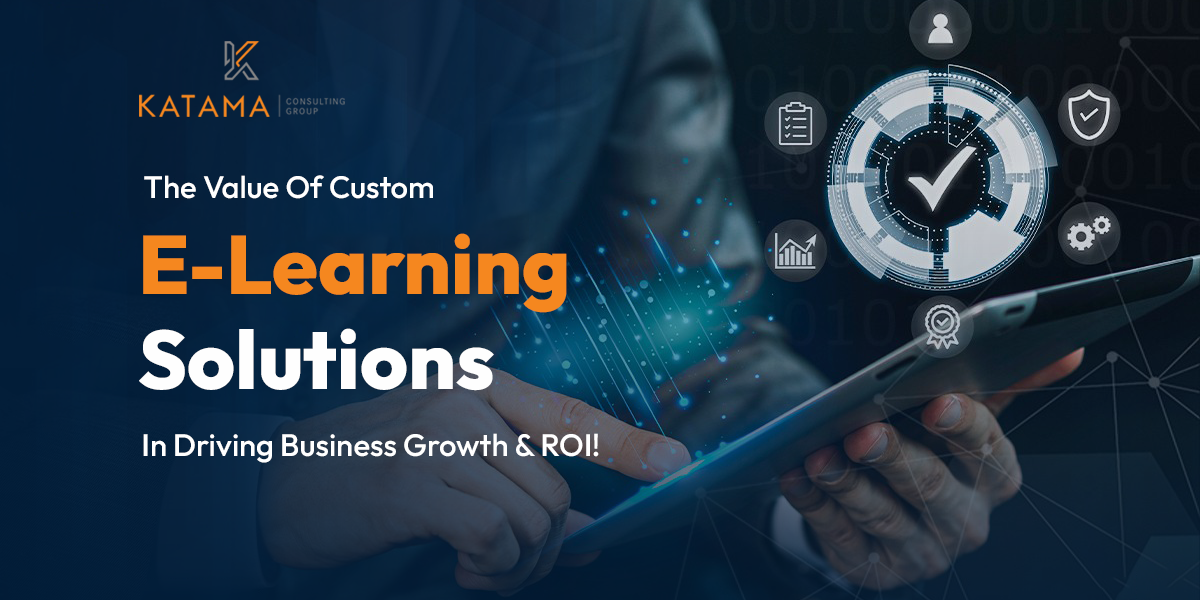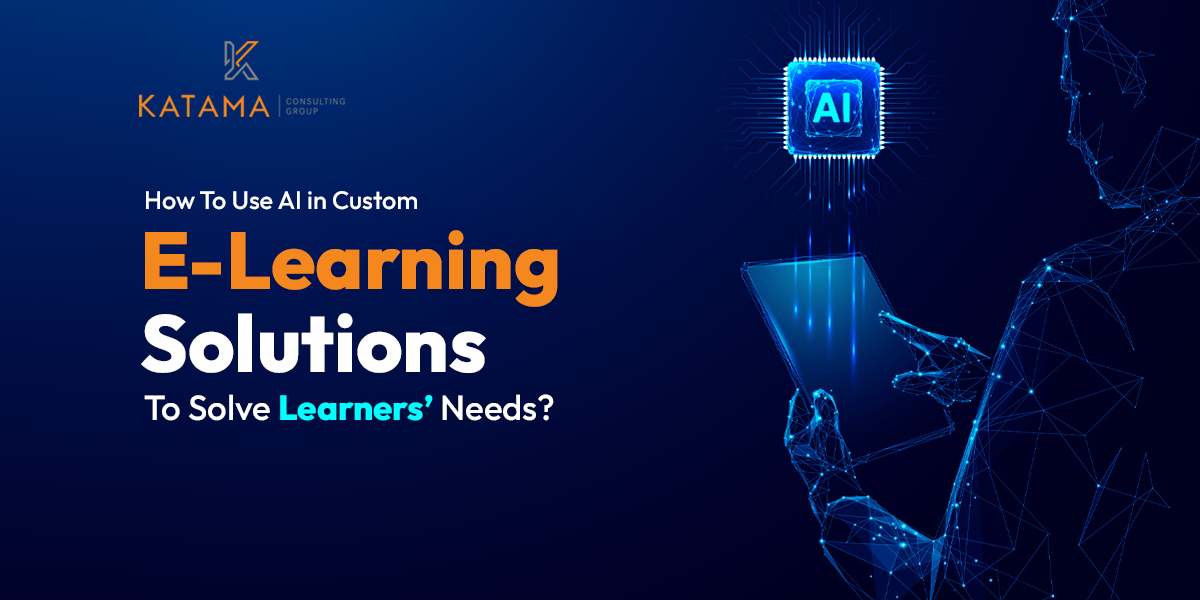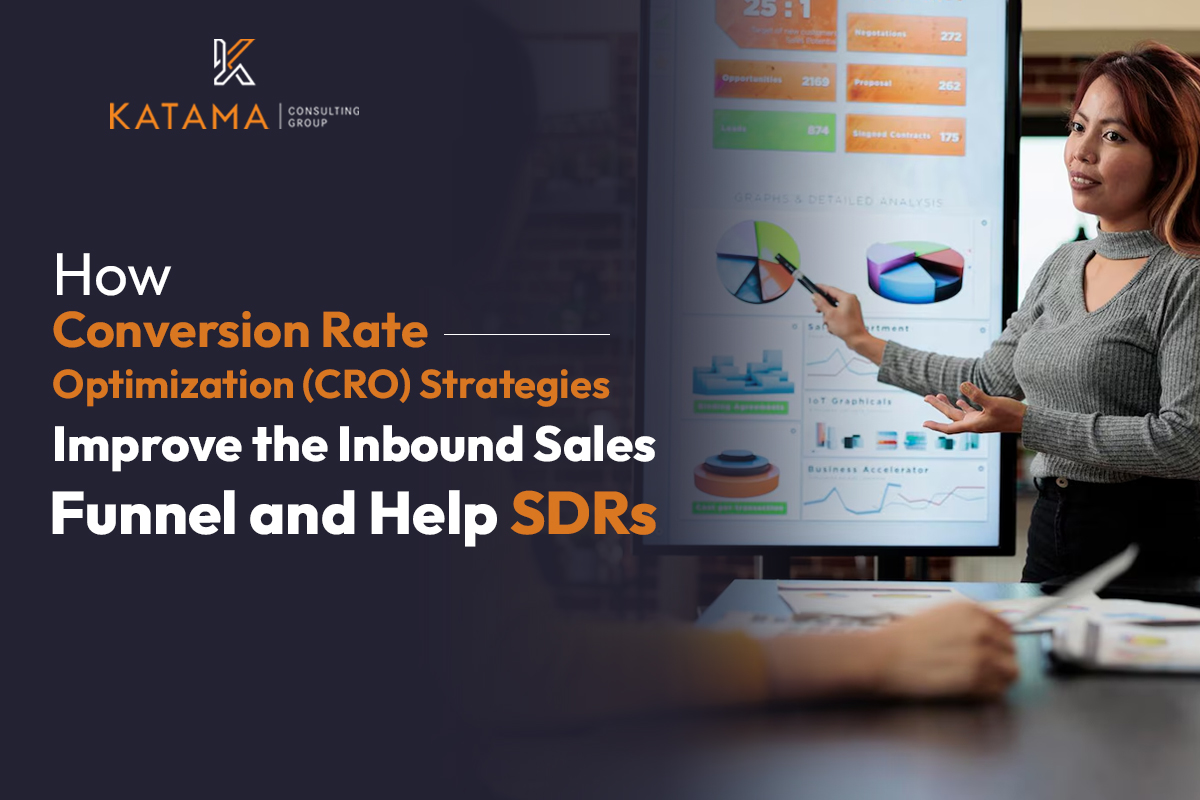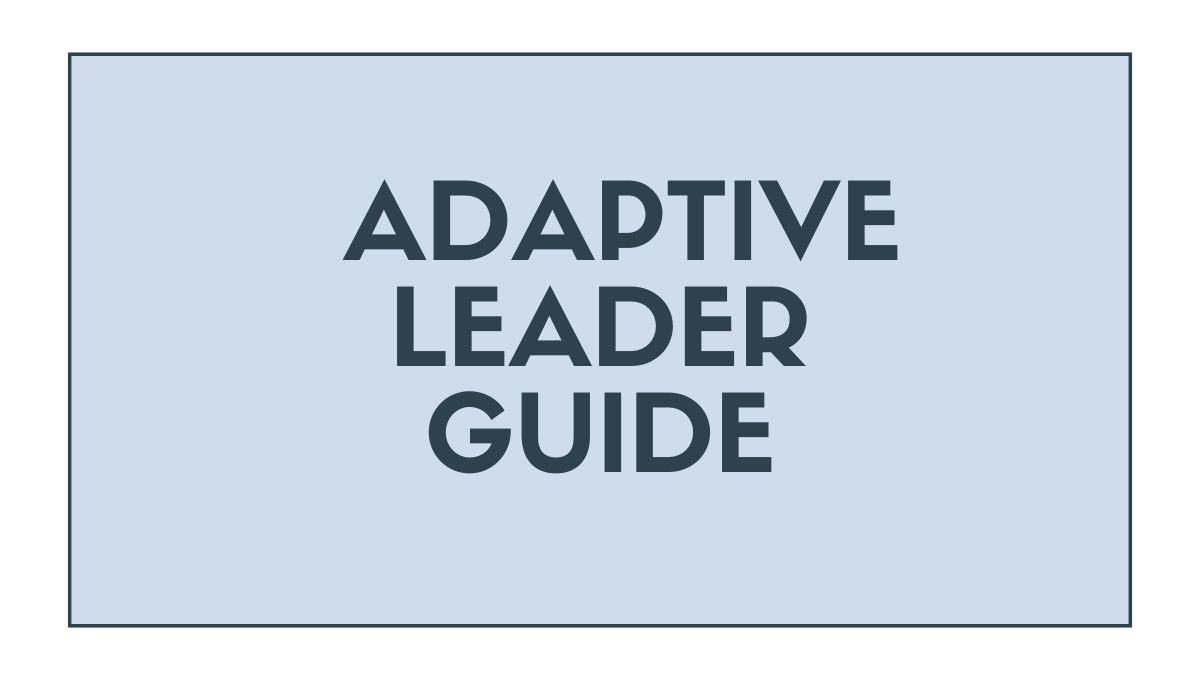Equipping business workforce with accurate skills is a tough tire to achieve in today’s changing business landscape. Although it is possible with custom L&D programs like “Game-Based Learning Program Development” and “Generative AI-Powered iTranslate Platform”.
Custom e-learning is the most effective approach, offering tailored educational experiences that align with organizational goals while maximizing return on investment (ROI). This approach deals with the significant limitations of traditional learning like- high cost, low engagement, inconsistent learning outcomes, and challenges in measuring effectiveness.
Hence, businesses with out-of-sync workforce should get an e-learning solutions company for business for a dynamic, scalable, and cost-effective L&D program. The custom e-learning solutions company for business helps L&D stakeholders successfully cater to diverse L&D objectives, and employee training requirements, and dealing business nuances.
How does Custom e-learning content development help businesses?
It is given that custom e-learning content development can generate the L&D material digitally in the form of modules, videos, quizzes, games, and simulations, resulting in an engaging and effective learning experience.
Some of the best ways custom e-learning can deliver high-quality L&D resources and accessible format include-
Design with Learners in Mind
Custom e-learning solutions focus primarily on learner-centric design which prioritizes learner requirements and preferences. E-learning services apply gamification and evaluations together with mobile-friendly design interactive controls and micro-learning to enhance learner engagement and information retention and boost company performance in the end.
Integration of Technology
Custom e-learning services enable organizations to effectively deploy advanced AI technologies such as Generative AI, Machine Learning (ML), and Natural Language Processing (NLP). These services successfully utilize these technologies to deliver chatbots and automated content creation along with personalized recommendations and instant language translation plus localization features.
Businesses will be able to develop sophisticated and scalable eLearning initiatives that enhance educational processes as a result. Through efficient information sharing among employees, businesses can achieve higher productivity levels.
Combining Different Teaching Formats
Diverse instructional formats are used by custom e-learning services to accommodate a range of learning preferences and styles. These consist of commercials, ePubs, e-books, scenarios, infographics, games, simulations, quizzes, and animations.
The Business Impact Of E-Learning Solutions
Custom e-learning and development can significantly impact business growth. Also, the implementation of AI in custom e-learning solutions enabled highly personalized learning experiences, optimized training efficiency, and identified skill gaps while driving employee productivity, skill acquisition, and retention.
Some of the business advantageous results include-
1. Tailored Learning Experience – Custom e-learning development helps your business align with company goals and employee job roles, ensuring relevance and maximizing efficiency. As per reports, it is found that 93% of businesses believe personalized training leads to better employee performance.
2. Enhanced Engagement – Gamification, interactive modules, and real-world scenarios created while using e-learning development further approach the engaging learning experience. Employees who engage in gamified e-learning show a 60% increase in motivation and participation.
3. Improved Knowledge Retention – Custom e-learning services offer your employees the best interactive learning opportunity helping you track your employees’ retention rate and apply knowledge effectively. Studies suggest that interactive content improves knowledge retention by up to 40% compared to traditional methods.
4. Increased Productivity and Performance – While providing an accurate amount of knowledge, e-learning services also identify your specific skill gaps and provide custom e-learning solutions to drive better job performance. According to the research of IBM, employees trained through e-learning complete tasks 60% faster than those trained via traditional methods.
5. Consistency in Training – A custom e-learning solutions company ensures all employees receive standardized, high-quality training, eliminating discrepancies and knowledge gaps across departments.
6. Support for Continuous Learning – Fosters a culture of lifelong learning, helping employees stay updated with industry advancements and business needs. Companies with strong learning cultures experience 30-50% higher employee engagement and retention.
Wrapping Up
Understanding the deficiency in employee performance, the custom e-learning comes into majority. Custom e-learning solutions for businesses are the most admirable way to stay compliant. It assures several values, including business growth, retention, better workflow, and more. Also, this AI-integrated custom training creates a highly personalized, data-driven learning experience, contributing to increased employee competency and overall business performance.
Katama provides the best e-learning services for your business so that you can build engaging L&D programs that resonate with your audience and support your business. Also, our custom AI solutions, including GenAI and predictive Analytics, help you generate impactful learning. We offer role-specific training modules and AI-powered assessments so that your team of employees learn and succeed.
Join our custom AI e-learning service and embrace the growth.
FAQ
What Is a Custom E-Learning Solution?
A custom e-learning solution is a tailored digital training program designed to meet specific organizational learning goals, ensuring high engagement and knowledge retention.
What Is The Importance of Custom eLearning Solutions?
The importance of custom e-learning solutions can be measured through personalized learning experiences, increased engagement, enhanced knowledge retention, reduced costs, and improved workforce performance.
How is custom e-learning different from off-the-shelf training?
Custom e-learning is designed specifically for an organization’s unique needs, whereas off-the-shelf training provides generic content that may not align with company objectives.
How do AI-powered custom corporate e-learning solutions enhance training?
AI integrates personalized learning paths, real-time analytics, language translation, and automated content generation to optimize training outcomes.
Can custom e-learning solutions be integrated with existing LMS platforms?
Yes, most custom e-learning solutions providers design courses that are compatible with Learning Management Systems (LMS) for seamless implementation.
What are the key features of custom e-learning solutions?
Key features include gamification, microlearning, AI-driven analytics, mobile accessibility, interactive content, and adaptive learning.
How much does custom e-learning development cost?
Costs vary depending on content complexity, multimedia integration, and interactivity levels. However, long-term savings outweigh the initial investment.
How long does it take to develop a custom e-learning solution?









